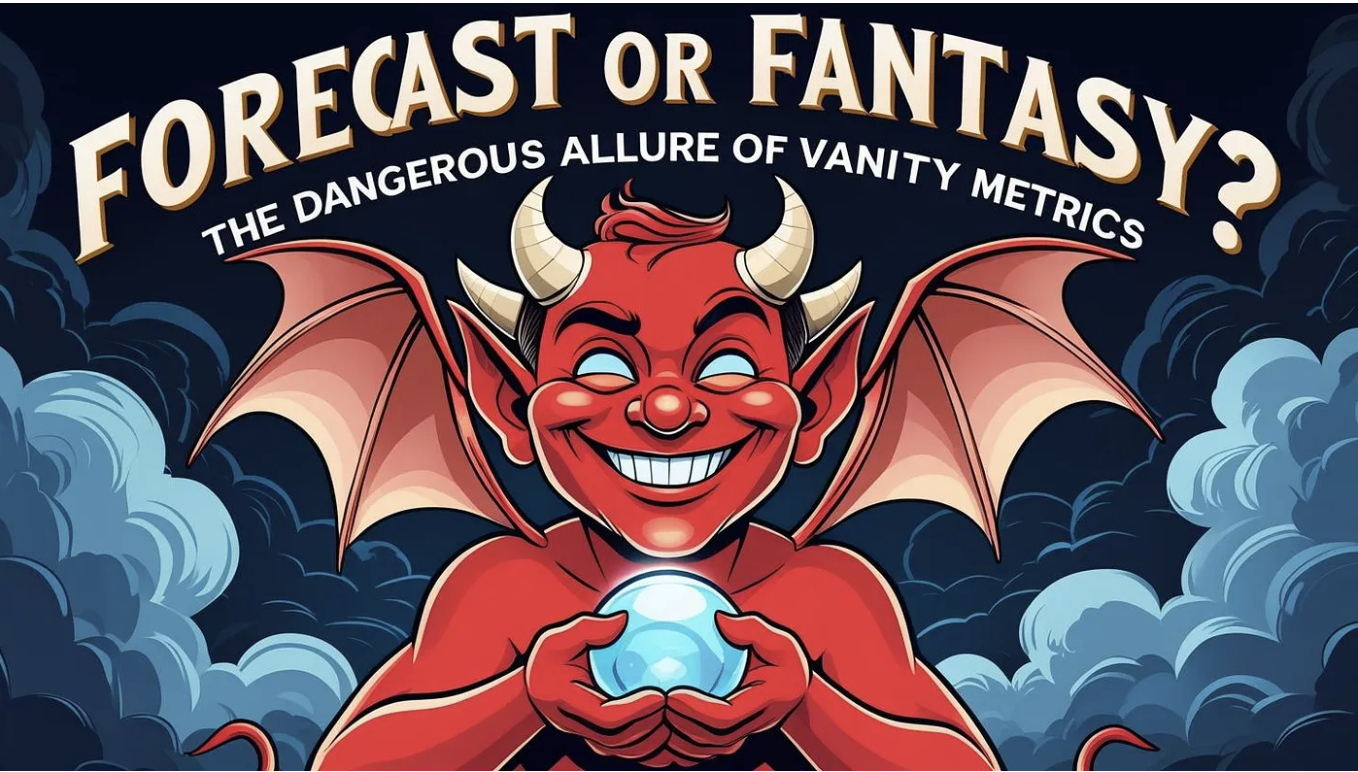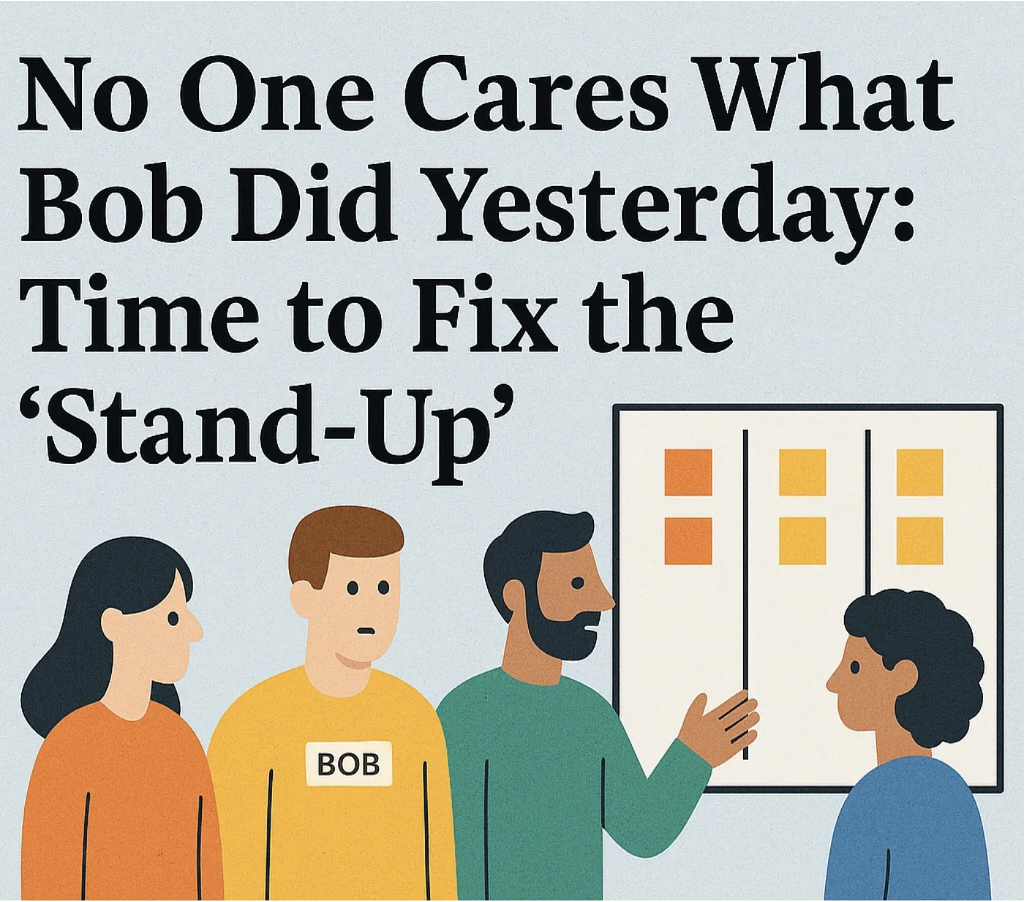Open Space, Monte Carlo, and Mobbing at ALE'24
Agile Lean Europe(ALE) 24 was hosted at one of the best concert venues in Europe—the A38 ship in Budapest. There were many standout moments at the conference, but one drew a thread throughout the three days.
Open Space
ALE operates as an unconference using Open-Space Technology. If you haven't experienced this before, the conference does not have a predetermined agenda with speakers lined up. Instead, every day starts with a Marketplace, where the conference attendees pitch talks and sessions that they will present.
The process for the Marketplace is straightforward. The marketplace opens at 9:30 am. Attendees who want to pitch talks form a queue on the main stage(often winding off of the stage as well). Each pitch is anywhere from 30 seconds to one minute long. There were signals to wrap it up at the one-minute mark. The people pitching the talk would then walk over to the schedule board and find a slot for their talk. The expectation was that the pitches would happen and the schedule would get filled up so that the first sessions could start at 10:30 am.
At the beginning of every day, the schedule was wiped clean, and the Marketplace process started all over again. The photograph below shows the result of this process after Day 2.

Monte Carlo
One of the sessions on Day One was Benjamin Huser-Berta, Margaux Fiche, and Lorenzo Santoro’s session called ‘Monte Carlo Ask-Me-Anything.’ They covered all things Monte Carlo and how to build, use, and interpret the results. One of the attendees of this session was Daniel Frey. Following the session, Daniel had even more questions for the experts.
Next morning, after the Marketplace, Daniel found Benji and Lorenzo to ask them his follow up questions. Margaux, unfortunately had to skip(no pun intended)the last two days of the conference due to an injured ankle. She had braved going up and down the venue on the first day, but it was too much of an ask to do that for two more days. Lorenzo asked me to sub in for Margaux and we found a spot on the A38 for our conversation.
As we talked through the process of Monte Carlo, one of the examples we used was the Marketplace itself. The stage of the Marketplace had a queue, throughput(the rate at which people left the stage) and an end time — 10:30 am. We had seen, that same morning, that the Marketplace ran over and encroached on the start of the first sessions. We discussed how Monte Carlo simulations can be used to figure out, based on the rate at which people were leaving the stage and the queue length, how likely was the Marketplace to end on time, so that the sessions could start on time.
Daniel found this fascinating and asked- Can we build it for tomorrow’s Marketplace? The answer from all of us was an enthusiastic ‘Yes!’. Peter Goetz, was nearby and we invited him in to the conversation. We collectively decided to meet at 3:00 pm, after Benji’s session that afternoon and build out a simulation. The outcome we were looking for was creating and information radiator that told the attendees if, based on the current queue size, we will be able to start the first session on time.
Mobbing
Since none of us had our laptops at the conference, Peter ran over to his hotel to get his machine so we can build out the simulation. In order to come up with the MVP, we used Google Sheets. Later, Peter and Daniel would formalize this with a formal web app.
At 3:00 pm, next to the outdoor bar on the ship (there might have been some beer involved), we started work on the Monte Carlo simulation. It was four people, working on the same machine, at the same time, with everyone participating actively in building the simulation out. Open Space, Monte Carlo, and Mobbing all coming together in one place. Akos Szilagyia, one of the conference organizers and a ProKanban.Org trainer, provided support as well as took the picture below.

We developed the app in thin slices. We completed one slice, then decided the next thing to do and kept building till we were satisfied we had enough to run a test in production (more on that in a bit). Below is the order in which we achieved the final app -
- Create dummy data of throughput per minute for 10 minutes.
- Use Dummy data to do one simulation for 60 minutes.
- Create 500 simulations for 60 minutes.
- Make sure the time that we have data for is not included in simulations. For example if we have data for 10 minutes, simulate only for 50 minutes.
- Add a queue size field that can be updated.
- Show likelihood result based on simulation for a given queue size.
- Stop having the user update queue size, only number of people leaving and entering the queue.
- Calculate queue size for every minute we have data for and store the likelihood of getting done at every minute.
- Build a graph that shows how the probability is changing at every minute.
- Add a second sheet which shows the Current Queue Size and the Probability to get done by 10:30 for display purposes.
This took us about an hour to accomplish. Once we reached this point, we decided to head down to the main room and test out if our MVP, spreadsheet based app would work. We hooked up to the screens, did a couple of dry runs and everything seemed like it was working in production.
An interesting note on this. I(Prateek Singh) was the driver for most of the mobbing session. The laptop was showing most things in German and the spreadsheet was following German conventions (using “ , ” instead of “ . ” for decimal values etc.). Since I had prior experience building Monte Carlo simulations in spreadsheets, it made sense for me to drive, but, it was great having navigators who spoke German. In fact, this helped a lot. I repeatedly had to pause to ask for directions and that made it necessary for us to communicate and share what I was trying to do. Mobbing in this way was very effective as we all knew and contributed to everything we were trying to do.
Lets Do It Live!
The next day, Benji, Lorenzo, and I had left the conference to fly back. Peter and Daniel introduced the app to the attendees. They explained the concept and showed on the big screen how the results will be shown live. You can see Peter introducing this below with the result displayed in the top right-hand corner.

The result was a success. Akos and the other organizers helped with getting live data to Peter and Daniel. As they input the data into the sheet, we got real time forecasts. The attendees were able to self manage based on the information whether they should join the queue or not. Midway through the Marketplace, the result looked like what you see below.

Our little experiment was a success. It was great to build something at the conference, for the conference, using the methods and techniques we were talking about during the conference. In a week of highlights during and just before ALE’24, this was definitely one that stood out.
Further Development
Peter later said that the spreadsheet was a little clunky and we needed a proper app. It was time to mover this out of the MVP phase. As mentioned before, Peter and Daniel collaborated to make this a web app. We have some ideas to take this further as well. Hopefully to use at ALE’25 in Munich.



